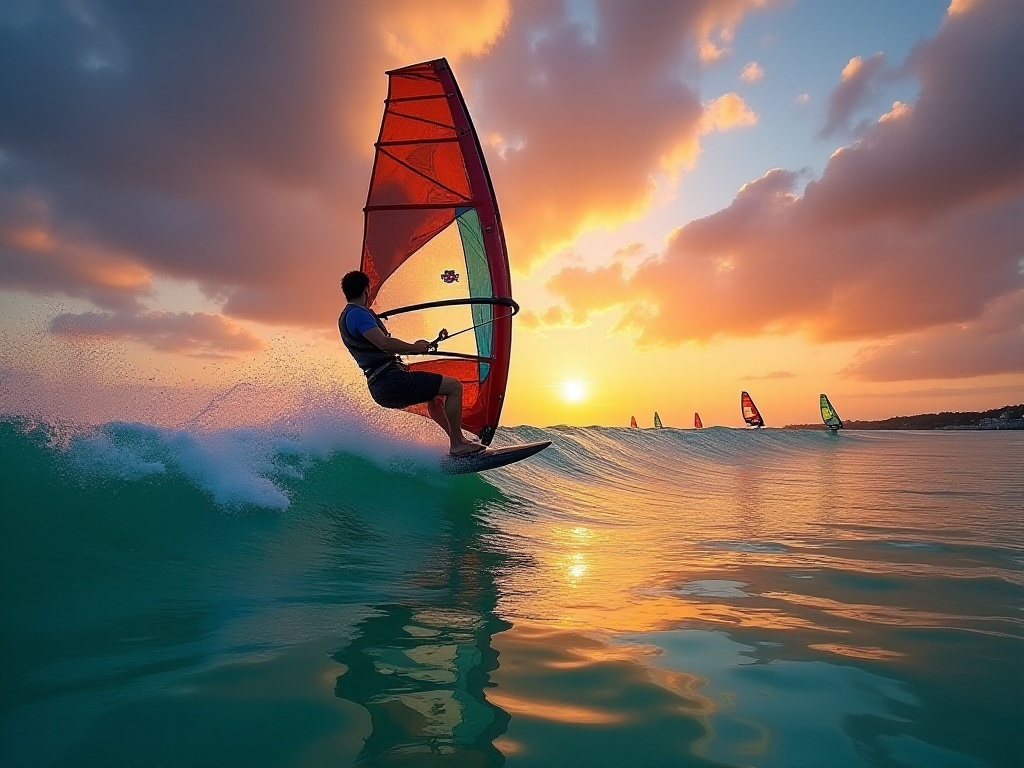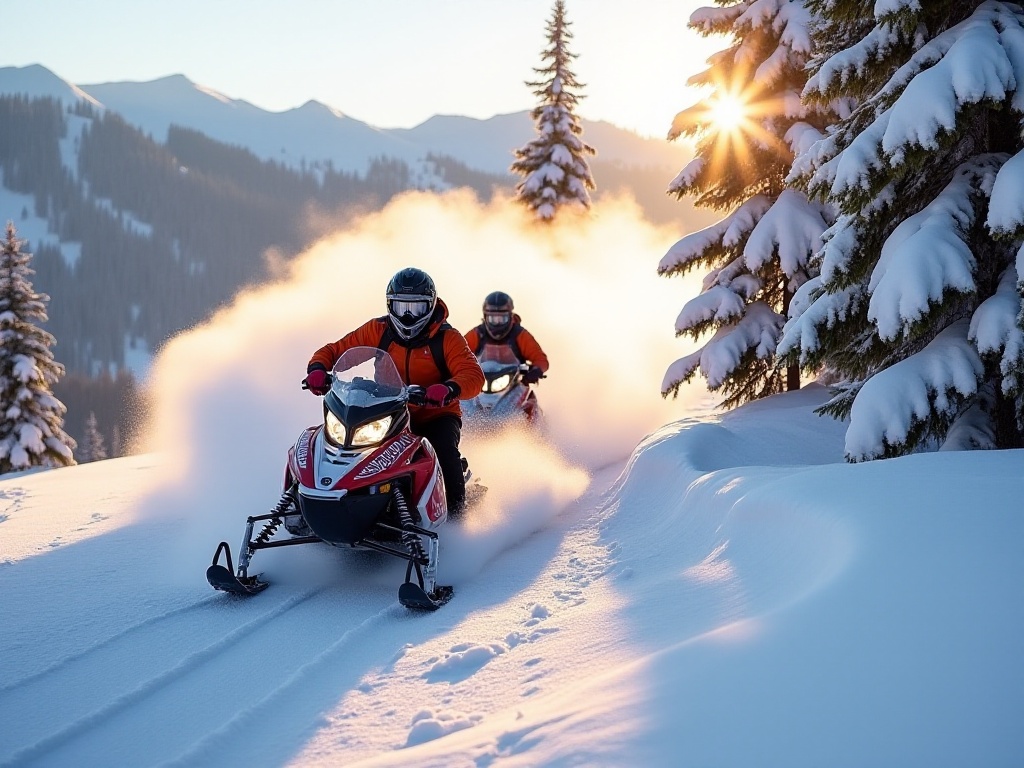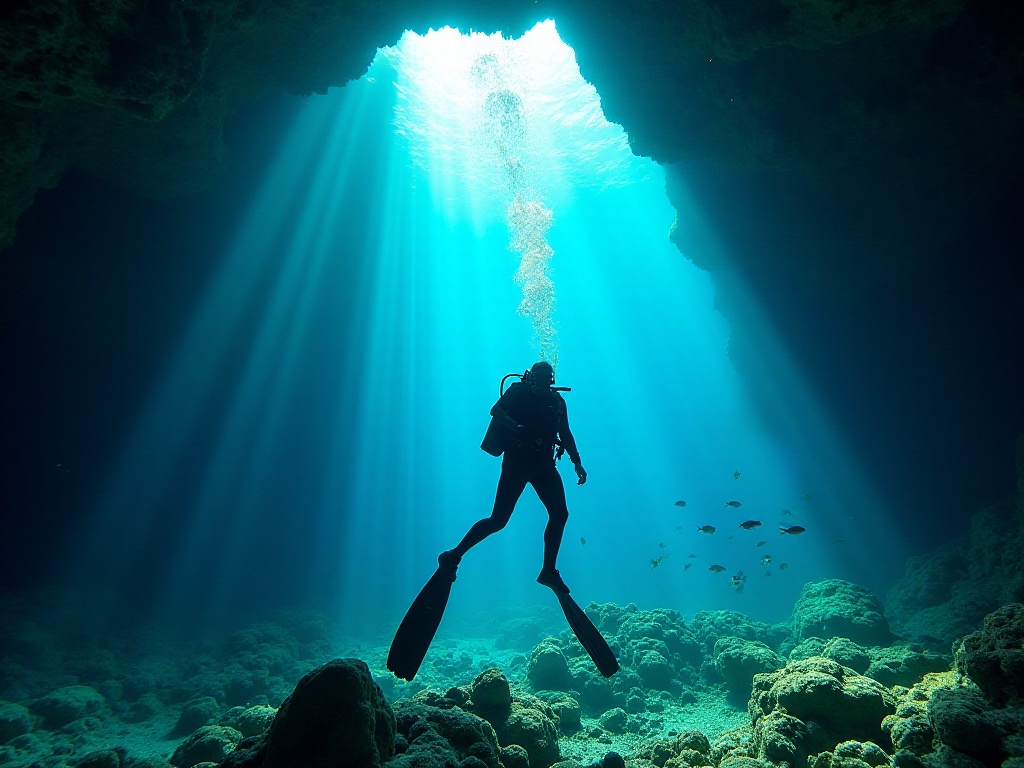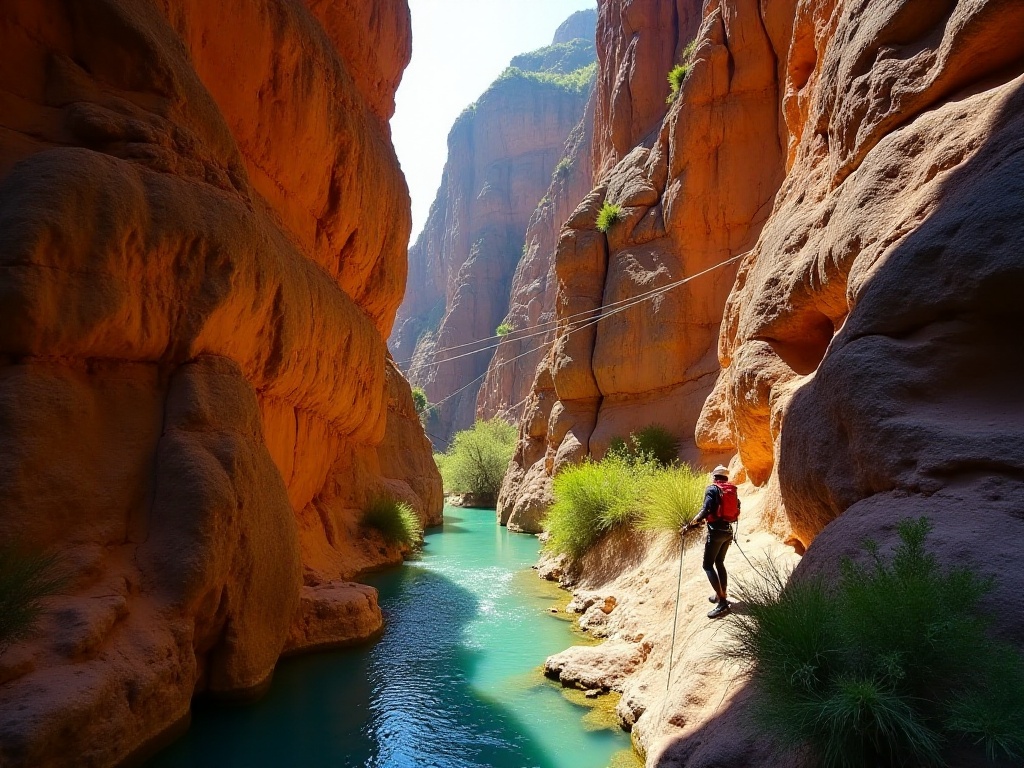Opening Thoughts
Have you ever wondered why more and more young people are becoming fascinated with extreme sports tourism? I remember my first paragliding experience in Ölüdeniz, Turkey, as if it were yesterday. It was a clear morning when my instructor and I stood at the top of Mount Babadag, over 2000 meters high, overlooking the mountain ranges and endless Mediterranean Sea. My heart was racing and palms were sweating before takeoff, but the moment the paraglider took flight, all nervousness vanished.
Suspended in the air, I could clearly see the turquoise lagoon below, like a sapphire embedded in the earth. The sea breeze caressed my face, with only the whistling wind in my ears. That feeling of soaring freely, like a seagull spreading its wings, gave my spirit an unprecedented sense of liberation. From that moment on, I fell completely in love with this sport and began my journey into extreme sports tourism.
What is Extreme Sports Tourism
Extreme sports tourism is definitely not the traditional style of sitting quietly on a tour bus listening to a guide's commentary. It's a special form of tourism filled with passion and challenges, primarily aimed at experiencing various extreme sports at travel destinations. These activities often require considerable technical skill, exceptional courage, and professional equipment support.
Take bungee jumping in Queenstown, New Zealand, for example. Just looking down from the 43-meter-high Kawarau Bridge is enough to make many people weak in the knees. But when you gather the courage to jump, that ultimate free-fall sensation gives you an unprecedented thrill. This is the charm of extreme sports tourism - it offers unique experiences that conventional tourism can't match.
Whenever I talk about extreme sports tourism with friends, they're always curious about how it differs from regular tourism. I think it's like giving regular tourism an adrenaline shot. You don't just view attractions; you interact intimately with them. For instance, in Switzerland, instead of just taking photos at the foot of Jungfrau, you put on professional gear and climb Europe's highest peak with a guide. This way of traveling elevates your experience by several levels.
Another characteristic of extreme sports tourism is how it allows you to truly immerse yourself in the natural environment. When surfing in Hawaii, you learn to read wave patterns; when rock climbing in the Alps, you need to understand rock characteristics; when skydiving in Norway, you must observe wind direction and cloud layers. This deep interaction makes travel more three-dimensional and profound.

Three Main Categories

Aerial Adventures
When it comes to aerial activities, paragliding is definitely my favorite. In Ölüdeniz, Turkey, taking off from Mount Babadag at over 2000 meters, you can see the most spectacular Mediterranean views. I remember during my first flight, the instructor joked: "You look calmer than 99% of the Chinese tourists I've seen." Though I was actually terrified inside, the sensation of soaring at high altitude was truly amazing.
Do you know what's most delightful during paragliding? It's those unexpected discoveries. Once, I encountered a flock of seagulls circling beside me, as if playing together. Another time, I saw a rainbow piercing through the clouds, creating an almost surreal scene.
Besides paragliding, skydiving is also an excellent choice. The experience of skydiving over Dubai's Palm Island is indescribable. Viewing the artificial island's contours from 4000 meters high, watching those iconic buildings gradually grow larger, and finally landing smoothly on the beach - the whole process is both thrilling and elegant.
Hot air ballooning is a relatively gentle aerial experience. In Cappadocia, Turkey, hundreds of hot air balloons rise simultaneously at sunrise, floating above the fairy-tale rock formations. While not as thrilling as skydiving or paragliding, this gradual ascent gives you more time to appreciate the surrounding beauty.

Water Experiences
If you love the ocean, diving in Kalkan, Turkey, is not to be missed. The water here is crystal clear, with visibility often exceeding 30 meters. Marine life is diverse, from colorful tropical fish to mysterious sea turtles. Exploring shipwrecks here feels like participating in underwater archaeology.
I remember once while diving in Kalkan, we encountered a pod of dolphins. They swam around us, making crisp calls, and that zero-distance encounter with marine life was deeply captivating. Cave diving is another unique experience, advancing through dark underwater caves guided only by headlamps, exploring an unknown mysterious world.
In Alaçatı, windsurfing offers another exciting water experience. The six-day World Cup windsurfing competition held here annually attracts experts from around the world. The bay's stable winds and gentle shallow waters are particularly suitable for beginners. I learned windsurfing here, and despite countless falls, watching experts tumbling and jumping on the water surface was truly inspiring.
Surfing is also an addictive water sport. At Kuta Beach in Bali, both beginners and experts can find suitable waves. I remember spending half a day just practicing standing up movements on the beach when I first started learning. But when you finally manage to ride a wave, that sense of achievement is incomparable.
Land Adventures
The rafting adventure in Göynük Canyon is one of the most thrilling land activities I've experienced. It perfectly combines multiple extreme sports: canyon exploration, zip-lining, cave exploration, and swimming. Imagine navigating between cliff walls, alternating between rushing through rapids and soaring on zip lines, with surprises around every corner.
Once, our group encountered an extremely narrow passage in the canyon where the rock walls almost touched. We had to move sideways, step by step. Though nerve-wracking, this self-challenging feeling was incredibly exhilarating. Looking back at the winding canyon upon reaching the end, that sense of conquest was unforgettable.
Mountain skiing in Erciyes offers another ultimate experience. With elevations between 2000-3000 meters and 12-kilometer ski runs, you can ski to your heart's content. It's especially wonderful leaving the first tracks in fresh powder after new snow. I once encountered heavy snow here with low visibility, but skiing under such conditions really highlights the importance of technique.
Rock climbing is also a very challenging sport. In Fontainebleau's boulder area in France, even those without climbing experience can find suitable routes. Boulder climbing here is particularly interesting, requiring minimal equipment to experience climbing fun. Of course, if you want to challenge yourself further, Göreme in Turkey is also a great choice, where volcanic rocks create unique terrain that adds special charm to climbing.

Safety First
When it comes to extreme sports, safety always comes first. I have deep experience with this, having learned the hard way due to insufficient preparation. Let me share some practical experience and advice.
First, adequate physical training and mental preparation are crucial. I recommend starting targeted training at least three months before attempting any extreme sport. For example, before skiing, focus on core and leg strength training; before diving, practice breath-holding and swimming. Mental preparation is equally important - you can build confidence by watching related videos or communicating with experienced players.
Equipment selection and inspection are also key. I nearly got frostbite during my first glacier hike in Iceland due to inappropriate shoe choice. Professional equipment not only protects our safety but also makes the sport more comfortable. Before any extreme sport, carefully check equipment completeness and reliability. Crucial safety equipment like climbing ropes and carabiners must be confirmed in perfect condition.
Insurance is another aspect that must be taken seriously. Regular travel insurance often doesn't cover extreme sports, so specific extreme sports insurance is necessary. I suggest carefully reading insurance terms to ensure your planned activities are covered. Some insurance companies offer different coverage levels for different sports - choose appropriate plans based on your needs.
Choosing reliable sports organizations and instructors is also important. I always do homework beforehand, checking organization certifications and user reviews. Good instructors not only have solid technical skills but also pay special attention to students' safety and mental state. When learning skiing in Switzerland, my instructor was particularly patient, adjusting teaching pace according to individual conditions, which made beginners feel especially secure.
Additionally, learn to recognize and respect natural environments. For example, observe weather and sea conditions when surfing, and pay attention to terrain and weather changes during mountain adventures. Natural environments change rapidly; we must stay alert while enjoying sports.

Impact on Local Communities
Extreme sports tourism isn't just a form of entertainment; it profoundly impacts local communities. Take Alaçatı, Turkey, for example. This once-obscure town has developed into a world-class windsurfing destination due to its perfect wind conditions. Windsurfing development has driven the entire town's tourism industry, creating numerous job opportunities, from coaching to equipment rental, from food and accommodation to transportation services, forming a complete industry chain.
When interviewing locals, they told me extreme sports tourism has brought revolutionary changes to the town. Young people no longer need to work elsewhere; they can find decent jobs in their hometown. Many have become excellent windsurfing instructors by learning foreign languages and professional skills. The town's infrastructure has also improved with many new facilities, enhancing locals' quality of life.
However, rapidly developing extreme sports tourism also brings challenges. During peak seasons, the influx of tourists strains the local environment. Issues like beach and water pollution, waste management, and noise need proper solutions. Some previously quiet towns might lose their original charm due to overdevelopment.
This requires us to consider environmental protection while enjoying thrills. Many places have started taking measures, like limiting daily visitor numbers, regulating sports areas, and strengthening environmental awareness promotion. As tourists, we should follow local regulations, respect local customs, and travel eco-consciously.
Some places have launched community participation programs, involving locals more in tourism development decisions. In Queenstown, New Zealand, extreme sports development considers indigenous peoples' opinions, ensuring tourism benefits everyone. This sustainable development model deserves promotion.
Final Thoughts
Extreme sports tourism is like adding spice to life, making ordinary travel more flavorful. Through these challenging experiences, we not only break our limitations but also gain unique life experiences. Remember, challenging yourself doesn't mean reckless adventure. Choose suitable activities and prepare thoroughly to enjoy thrills while ensuring safety.
Recalling extreme sports experiences from various places, those heart-pounding moments and self-breakthrough instances make me feel incredibly fulfilled. Soaring under Turkey's blue skies, rushing through Australian waves, gliding down Alpine slopes - these experiences have not only enriched my life but also deepened my self-understanding.
Extreme sports tourism isn't just a travel style; it's a life attitude. It teaches us to face challenges bravely, stay calm in difficulties, and remain humble in success. These experiences and insights become our life's most precious treasures.
Have you experienced extreme sports tourism? Or what activities would you like to try? Maybe on your next trip, you can challenge yourself and experience this passionate world. Trust me, once you try it, you'll discover a completely different travel dimension.


